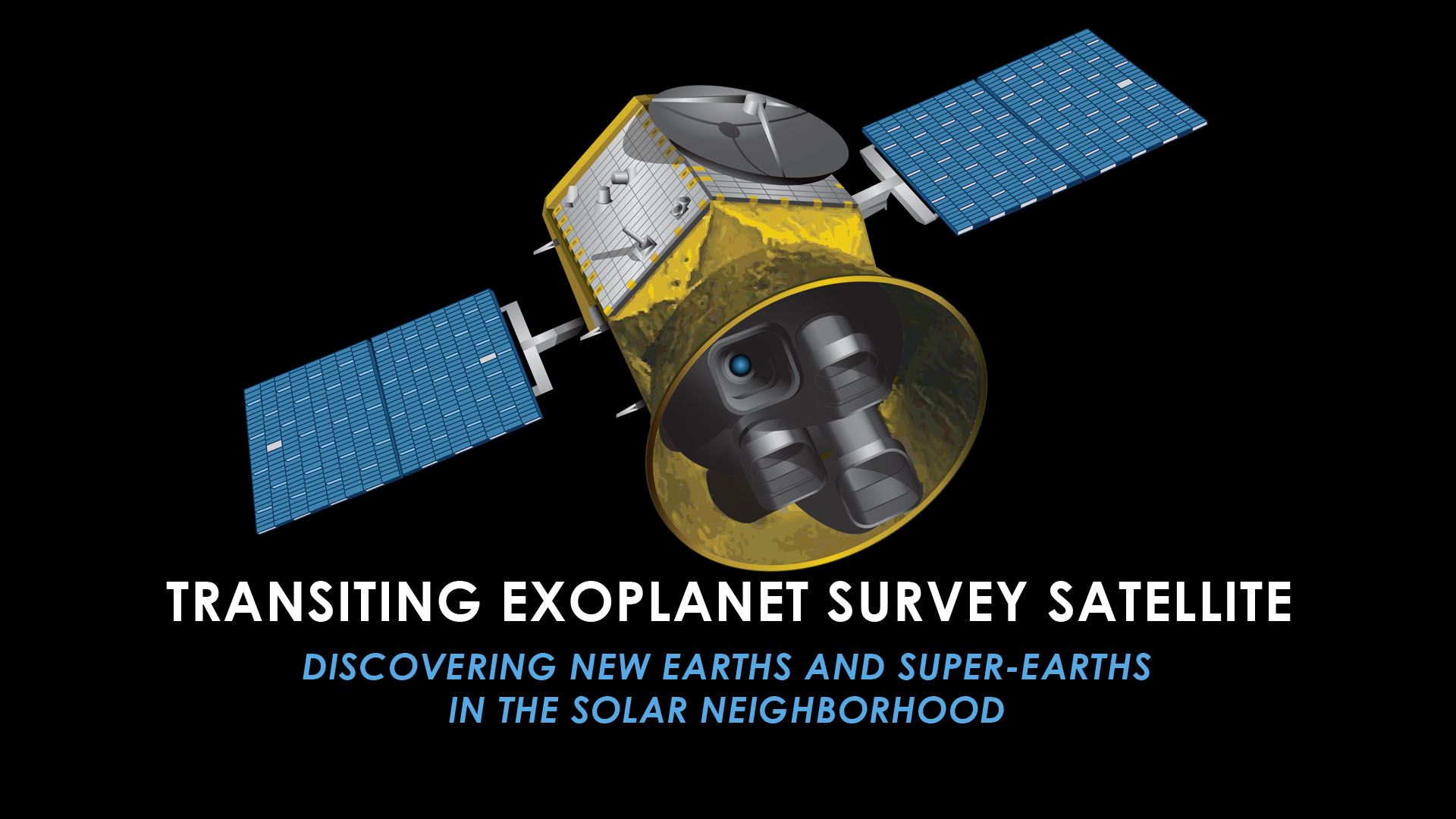
Hunting Earthlike Exoplanets
Article by Rick Robinson October 19, 2020 (now.northropgrumman.com)
• The search for life on earth-like exoplanets far beyond Earth continues. In the search for extraterrestrial life, water is the Holy Grail, according to Northrop Grumman’s Robert Lockwood, project manager for NASA’s TESS (Transiting Exoplanet Survey Satellite) mission. Liquid water is so friendly to complex organic chemistry that it’s regarded as the most likely environment for life elsewhere in the universe.
• We know that Mars once had seas and rivers, and liquid water still occasionally flows on its surface. Jupiter’s moon Europa has a smooth, icy surface, beneath which lurks a hidden ocean deeper than any on Earth, scientists believe.
• Currently, TESS’s mission is examining candidate stars within about 300 light-years of Earth — close enough to allow for future follow-up examination of the exoplanets that TESS discovers. What is TESS looking for? In a nutshell, they are looking for “Goldilocks” conditions where planets are roughly earth-sized, big enough to hold an atmosphere, but not so big as to be mostly gas or liquid, like Jupiter or Neptune. Moreover, the planet must orbit within its parent star’s habitable zone, hot enough that oceans don’t freeze, but not so hot that they boil away.
• Lockwood notes that even the most powerful instruments don’t allow astronomers to actually see exoplanets. Instead, astronomers must currently suss out planets by observing indirect effects, like the planet’s bulk blocking part of its parent star, slightly dimming the star’s light — the technique used by the TESS mission.
• This will change next year, when NASA‘s James Webb Space Telescope is scheduled to launch into orbit. The JWST will be able to take spectroscopic images (separating light into its individual wavelengths, or spectrum) of the light from the star as it interacts with the planet’s atmosphere. The wavelengths of light will allow astronomers to search for telltale signs of water vapor in a planetary atmosphere. JWST observations will mark a giant step forward in the search for habitable planets beyond Earth.
• The University of Puerto Rico at Arecibo has identified 55 leading exoplanet candidates. One is substantially smaller than Earth, while 20 others are moreo earth-sized. The remaining 34 are classed as “super-Earths” and “mini-Neptunes.”
• ScienceAlert reported the recent discovery of two prime candidates orbiting a dim red dwarf star called Teegarden’s Star. They orbit their parent star every few days, much more frequently than Mercury orbits our Sun (once about every 80 days), but the star is so faint that both planets are still within its habitable zone. And Teegarden’s Star is a mere 12.2 light-years away. If we learn to build space probes capable of approaching the speed of light, a mission to this pair of worlds would take about the same amount of time as other interplanetary NASA missions have taken.
The search for life beyond Earth continues within our solar system; the search also extends far beyond the solar system, where we aim to discover earthlike exoplanets.
Water, Water Anywhere
Water is the holy grail in the search for extraterrestrial life, says Northrop Grumman’s Robert Lockwood, project manager for NASA’s TESS (Transiting Exoplanet Survey Satellite) mission. Liquid water is essential for terrestrial life; it’s so friendly to complex organic chemistry that it’s regarded as the most likely environment for life elsewhere in the universe.
Within the solar system, we know that Mars once had seas and rivers, and liquid water still occasionally flows on its surface. Meanwhile, Jupiter’s moon Europa has a smooth, icy surface, beneath which, scientists believe, lurks a hidden ocean deeper than any on Earth.
Oceans Beyond the Sun
The search for potential life beyond the solar system is in some ways simpler, but it’s incredibly demanding due to the enormous distances involved. Currently, TESS’s mission is examining candidate stars within about 300 light-years of Earth — close enough to allow for future follow-up examination of the exoplanets that TESS discovers.
What are TESS and other extrasolar survey observations — both space-based and ground-based — looking for? In a nutshell, said EarthSky, they are looking for “Goldilocks” conditions, just right. That means planets that are roughly earth-sized, big enough to hold an atmosphere, but not so big as to be mostly gas or liquid, like Jupiter or even Neptune.
Moreover, the planet must orbit in its parent star’s habitable zone, hot enough that any oceans don’t freeze solid, but not sThe search for life beyond Earth continues within our solar system; the search also extends far beyond the solar system, where we aim to discover earthlike exoplanets.
FAIR USE NOTICE: This page contains copyrighted material the use of which has not been specifically authorized by the copyright owner. ExoNews.org distributes this material for the purpose of news reporting, educational research, comment and criticism, constituting Fair Use under 17 U.S.C § 107. Please contact the Editor at ExoNews with any copyright issue.
Goldilocks zone, James Webb Space Telescope, NASA’s TESS (Transiting Exoplanet Survey Satellite), Robert Lockwood, Teegarden’s Star, University of Puerto Rico at Arecibo